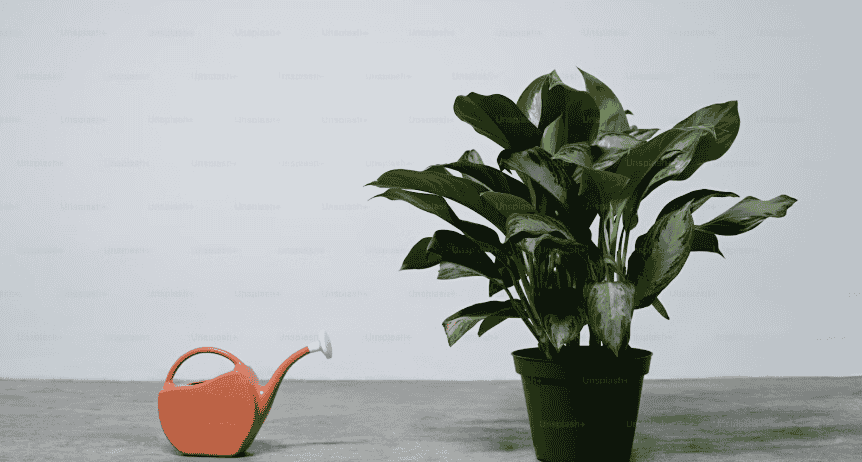If you’re someone who loves keeping indoor plants, you’ve probably faced the challenge of keeping your space clean while keeping your plants healthy. Watering your plants indoors can sometimes feel like an accidental spill waiting to happen—overflows, drips, and damp patches can make a mess if you’re not careful. Whether you’ve got a small succulent on your desk or a collection of leafy greens in the corner, knowing how to water indoor plants without making a mess can save you a lot of time and hassle.
But here’s the good news: it’s completely possible to water your indoor plants in a way that keeps them hydrated and your floors, tables, and carpets dry! Understanding your plants’ water needs, setting up a watering area, using controlled watering methods, and having cleanup tools on hand can all help you water your indoor plants without making a mess. Whether you’re new to indoor gardening or a seasoned plant parent, our tips will make it easier to enjoy the benefits of your plants while keeping your space clean.
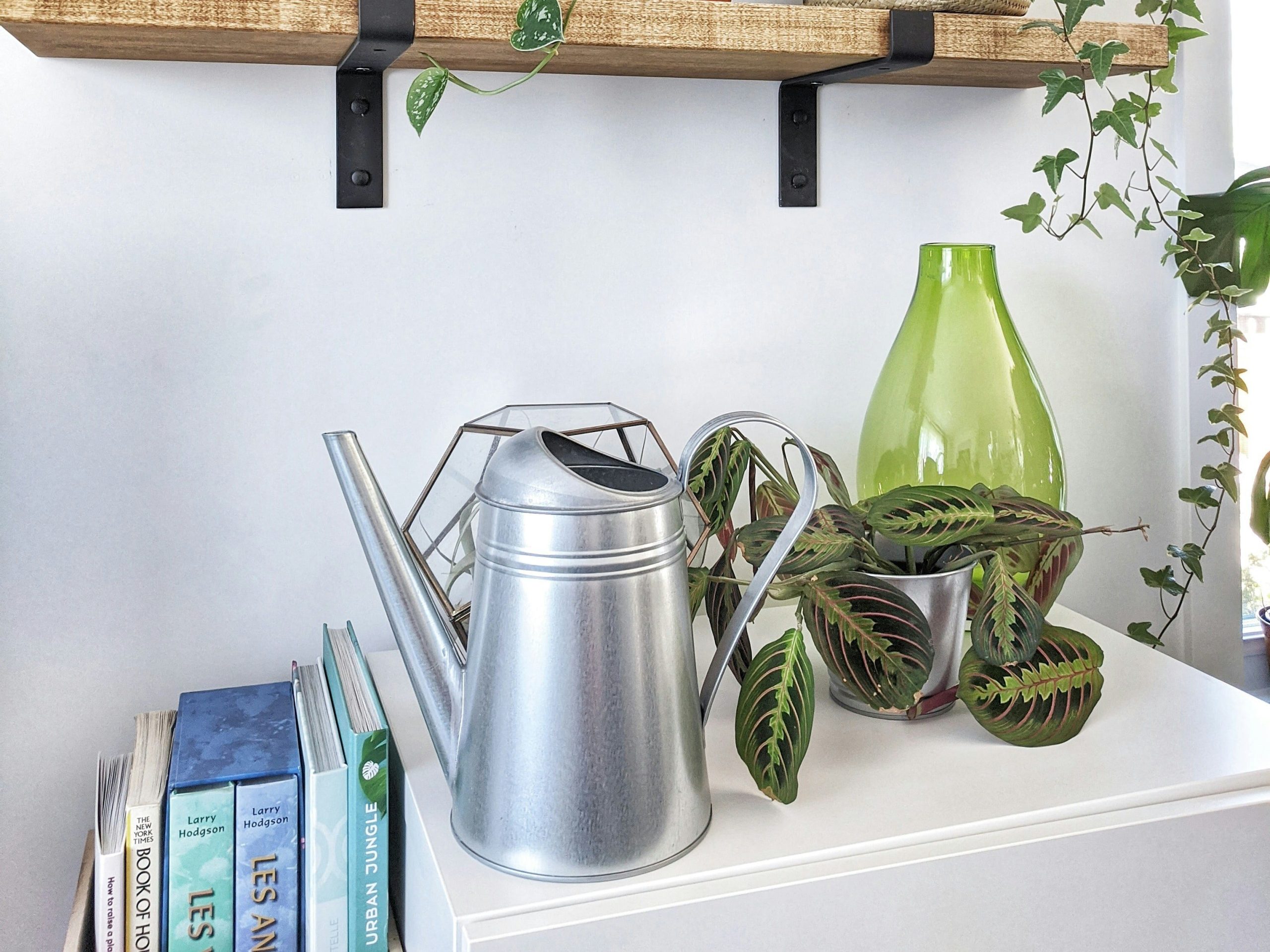
In this guide, we’ll walk you through practical tips and techniques in details on how to water indoor plants without making a mess. From the best watering methods to the tools that make it easier, this post has everything you need to make plant care a little cleaner and a lot more enjoyable.
Understanding the Water Needs of Indoor Plants
Each type of indoor plant has unique watering needs, and understanding these differences is the first step in learning how to water indoor plants without making a mess. While some plants like their soil to stay slightly damp, others prefer a drying-out period between waterings. By knowing what your plant needs, you can avoid overwatering and messy spills.
At first, find out your plants type based on watering need
If you can find out whether your plant is a low-water plant or a moderate one, or if I say one with high watering needs, trust me, half of your job is done. Let’s find out your plant type based on watering needs.
- Low-Water Plants: Succulents and cacti are great examples of plants that require minimal water. These plants thrive with a light watering only once their soil is completely dry.
- Moderate-Water Plants: Plants like snake plants, spider plants, and pothos tend to need moderate watering. Wait until the top inch of the soil feels dry before giving them water.
- High-Water Plants: Ferns, peace lilies, and tropical plants usually need more frequent watering to keep their soil slightly moist. For these, it’s helpful to check the soil more often to prevent dryness.
Signs of Overwatering and Underwatering
- Overwatering: Leaves turning yellow, a damp smell, or moldy soil are clear signs that you’re giving your plant too much water.
- Underwatering: If the leaves are curling, wilting, or looking dry, it may be a sign that your plant isn’t getting enough water. Check the soil to confirm if it’s bone-dry.
By understanding these signs and knowing your plant’s water requirements, you’ll not only keep your plants healthier but also cut down on the chances of overwatering accidents and spills.
Preparing for a Mess-Free Watering
Now that you know how much water your plants need, let’s look at how to water them without creating a mess. Setting up a few simple routines and using the right tools can keep your watering process clean and easy.
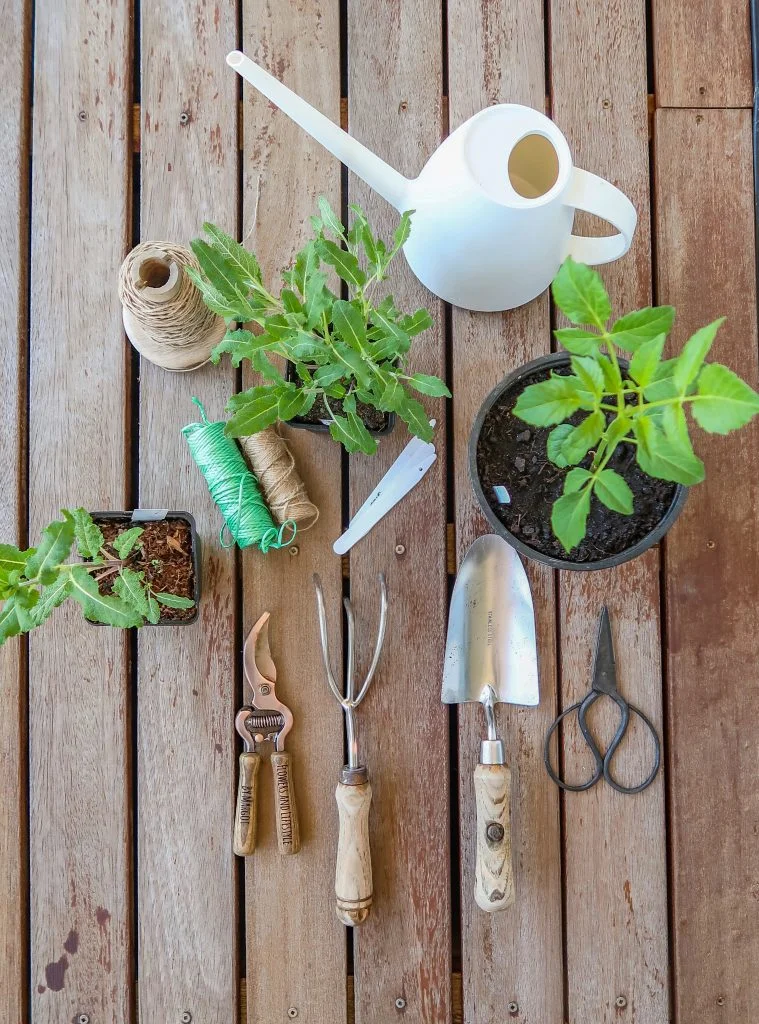
Setting Up a Designated Watering Area
One of the easiest ways to keep things mess-free is to water your plants in a specific spot, like the kitchen sink, a shower area, or even a large tray. This way, any extra water can be contained, and you won’t need to worry about cleaning up around your plants.
Using Drip Trays or Saucers
Place drip trays or saucers under your pots to catch any overflow. Many indoor plant pots come with built-in trays, but if yours don’t, you can find inexpensive options online or at garden centers. Make sure to empty these trays regularly so water doesn’t build up and cause root rot.
Watering Plants in the Shower or Bathtub
For plants that need a good soak, consider taking them to the shower or bathtub. Gently water them, let any excess drain out, and leave them there for a few minutes before putting them back in their spot. This method is perfect for larger plants that don’t fit easily in other areas and ensures no spills happen in your main living space.

Taking these small steps before you water can make a big difference. They not only help you avoid accidental spills but also ensure that your plants get the hydration they need without any extra hassle.
Effective Watering Techniques
Using the right watering techniques is key to keeping your plants hydrated while keeping your home neat. Here are a few effective, mess-free methods to water indoor plants without making a mess.
Bottom Watering Method
Bottom watering is a great technique that involves placing the pot in a shallow tray or sink filled with water. The plant’s roots will naturally absorb the water from the bottom, allowing you to avoid spills and control moisture better. Simply leave the pot in the water for 15-30 minutes, then let any extra water drain out.
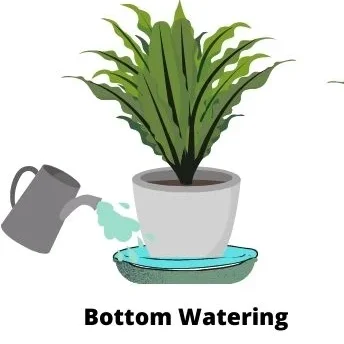
Controlled Watering with a Spouted Watering Can
A small, long-spouted watering can gives you better control over water flow, so you can avoid splashing. Aim the spout at the base of the plant near the soil surface to prevent water from pooling on the leaves or dripping down the sides of the pot.
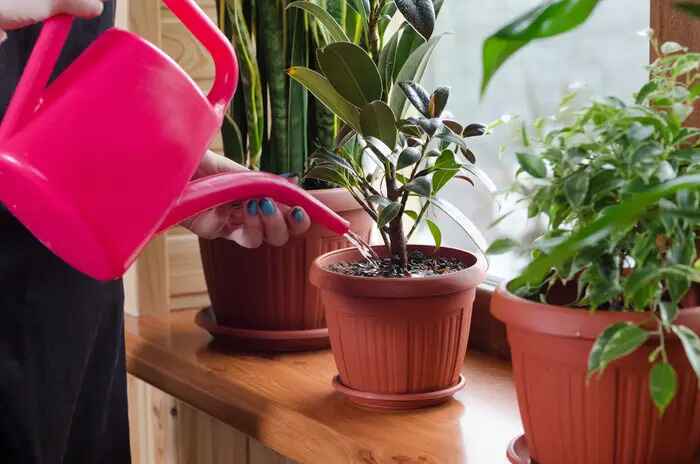
Using a Syringe or Squeeze Bottle for Small Plants
For small plants or those with delicate leaves, using a syringe or squeeze bottle allows you to control the amount of water precisely. This technique helps prevent overwatering and lets you direct water exactly where it’s needed without making a mess.

Each of these techniques helps you water effectively and keeps the surrounding area dry, making plant care easier and cleaner. Experimenting with these methods can help you find what works best for your plants and space.
Tools and Accessories to Minimize Water Spills
Using the right tools can make a big difference in keeping your plant-watering routine mess-free. Here are some helpful tools and accessories to help you water indoor plants without making a mess.
Self-Watering Pots
Self-watering pots are perfect for plants that need a consistent level of moisture without daily watering. These pots have a built-in water reservoir, which releases water slowly over time. This keeps the soil evenly moist and reduces the chance of overflow, helping to avoid any spills on your floors or shelves.
Plant Watering Spikes
Watering spikes are another handy option. Simply insert the spike into the soil and fill it with water, allowing it to slowly release moisture over time. This method is especially useful for small to medium-sized plants and reduces the need for frequent watering, making spills less likely.
Moisture Meters
A moisture meter is a simple tool that shows the soil’s moisture level so you can know exactly when to water. This helps prevent both underwatering and overwatering, saving you from any messy mishaps. Just place the meter in the soil and check the reading to see if it’s time for a drink.

Check this if you want to know how to use a soil moisture meter effectively.
These tools not only simplify your watering routine but also make sure your plants get just the right amount of water, helping to keep both your plants and space clean and healthy.
Quick Cleanup Tips for Watering Indoors
Even with the best techniques, occasional drips and spills can still happen. Here are some quick cleanup tips to help you handle any mess that might come up when watering your indoor plants.
Using Towels or Newspapers
When watering, place a towel or a few layers of newspaper under your pots. These will catch any drips, and afterward, you can simply toss or wash them. It’s a quick and the most affordable way to keep things dry and mess-free.
Absorbent Mats
Absorbent mats are a great way to protect surfaces from water spills. Place these mats under your plant pots to soak up any excess water, making cleanup easier. Many are washable, so you can use them again and again.
Easy-to-Clean Surfaces
If possible, keep your plants on surfaces that are simple to wipe down, like tiles or waterproof trays. Avoid placing plants directly on wooden surfaces that can stain or warp from water exposure.
These easy cleanup tips add an extra layer of protection to your indoor space, ensuring that even if water spills, it’s taken care of right away. With these tips, you’ll be well-prepared to water your plants without worrying about any mess.
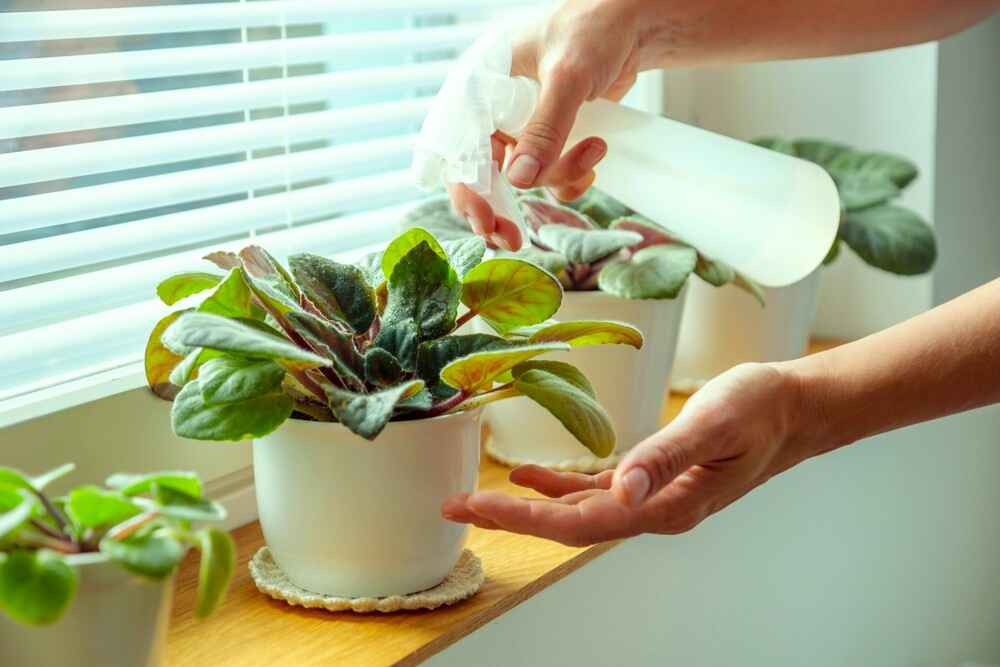
Additional Tips for Avoiding Mess
To make watering your indoor plants even cleaner and more efficient, here are a few extra tips. These small habits can help you keep your plants happy while avoiding unexpected spills and overflows.
Create a Watering Schedule
Establishing a regular watering schedule helps you stay on top of your plants’ needs without overdoing it. Different plants have different requirements, so plan out when each type needs water. This way, you avoid accidental overwatering, which often leads to spills and soggy soil.
Consider Grouping Plants by Watering Needs
Grouping plants with similar watering needs can make your routine more efficient. By keeping plants that need frequent watering together, you can water them all at once, reducing the chances of forgetting or accidentally overwatering.
Use Pebble Trays for High-Humidity Plants
Some indoor plants, like ferns and orchids, thrive in higher humidity. Instead of misting (which can get messy), place your pots on trays filled with pebbles and water. The water evaporates, creating a humid environment around the plant without making a mess.
With these tips, you’ll not only make watering easier but also keep your indoor space looking fresh and clean. Little adjustments like these can go a long way toward maintaining a tidy, enjoyable indoor garden.
Conclusion
Watering your indoor plants doesn’t have to mean dealing with constant messes or spills. With a few easy techniques, the right tools, and a little planning, you can keep both your plants and your home in great shape.
Experiment with these methods, find what works best for your plants, and make it part of your routine. With these steps, you’ll have a thriving, mess-free indoor garden that brightens your home and makes caring for plants a pleasure. Happy watering!

